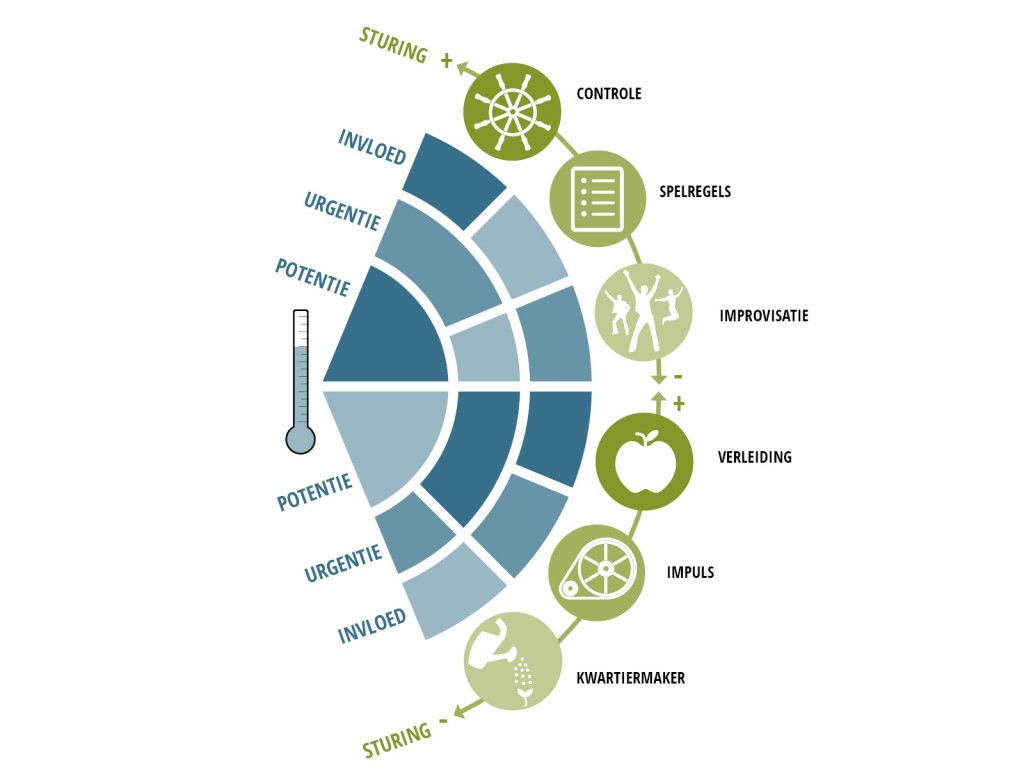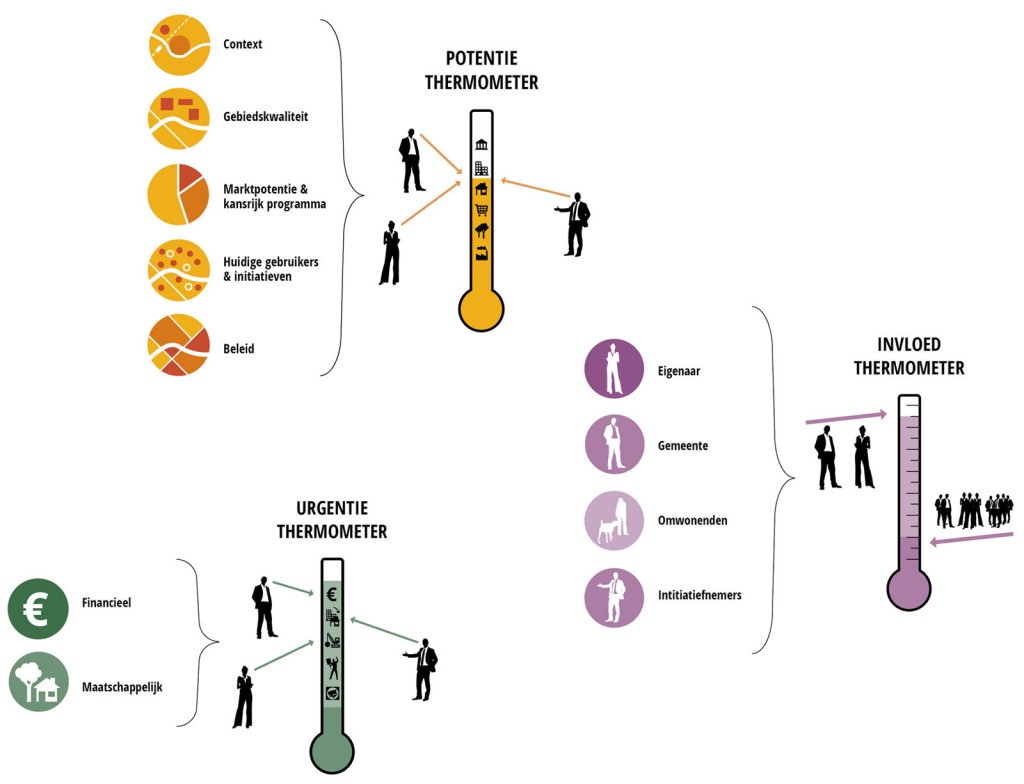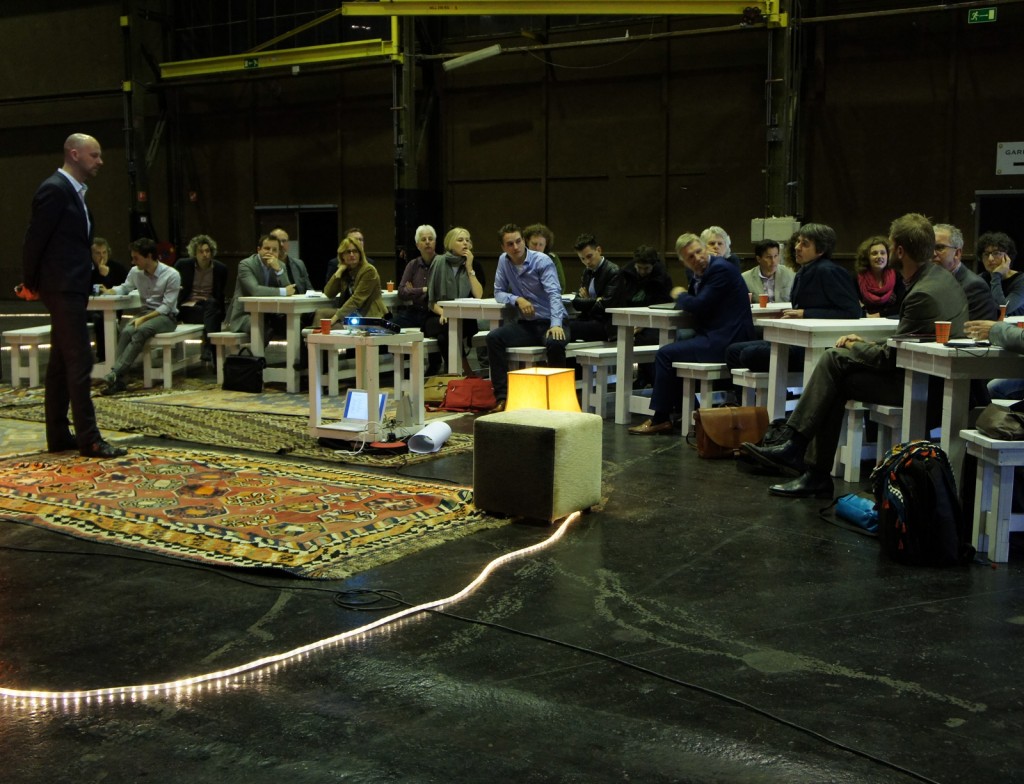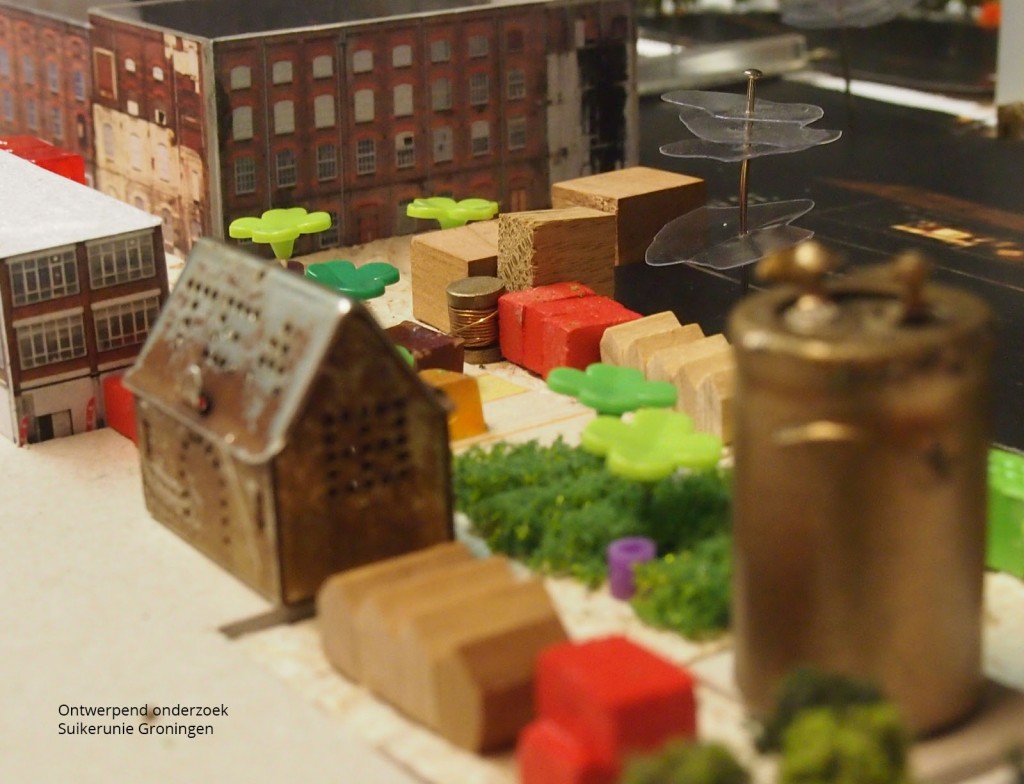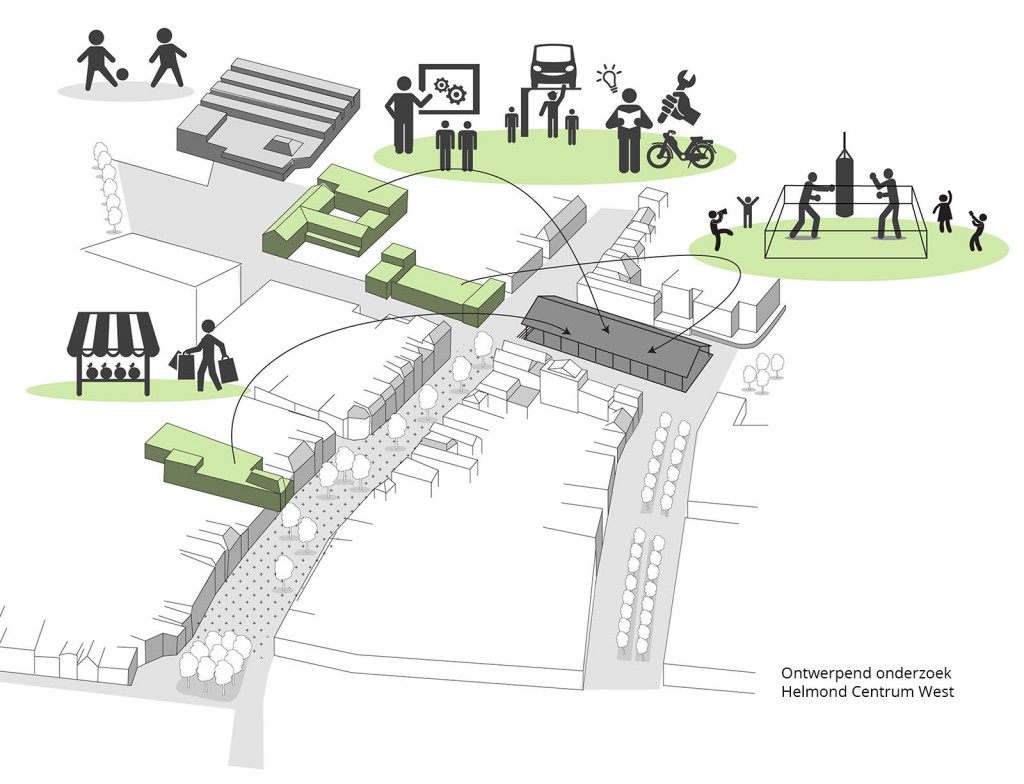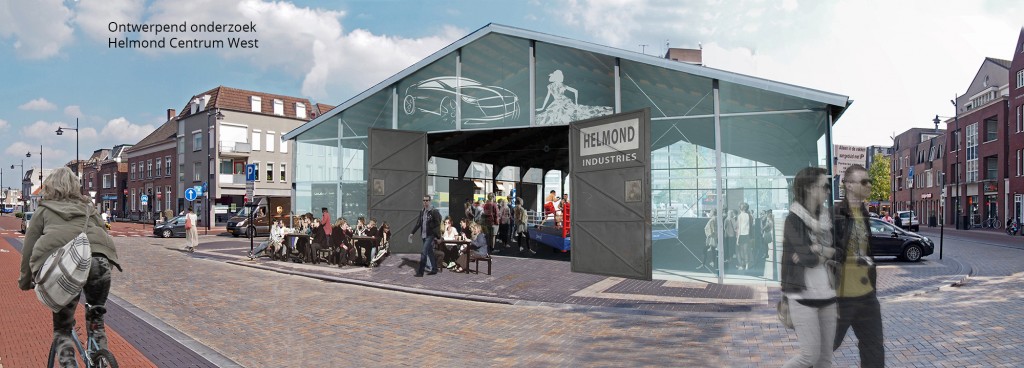In 2015 Urhahn completed a study of the new urban design instruments. The study can be seen as a sequel to the book ‘The Spontaneous City’ and focuses on concrete strategies and instruments for building a spontaneous city. The study forms part of the programme ‘Urban Development without Land Revenue’ from the Creative Industries Fund NL.
Practice at the centre: experimenting and reflecting
Many local authorities and development parties are in the process of defining other ways to make plans. Plans that take various uncertainties into account. Can you take time? Is there interest from the market? Is there an alternative to the often-unavoidable building envelope and land development that are guiding factors in new initiatives?
At the core of the study was practice: various practical examples were analysed and design research was also carried out on three locations. This offers plenty of insight into the strategies currently deployed in area development. A clear strategy did not materialize everywhere: new approaches often emerged, however, while experiments with innovative strategies were sometimes conducted.
The study focused on the process of arriving at a strategy. What approach is most appropriate for a location? The choice for a particular strategy depends to a great extent on the necessity, possibility and/or desire for plenty of guidance. To assess this properly, it is important to chart the potential of a location, the urgency of a development and the degree of influence exercised on the development by the planner.
A strategy indicator as a practical tool
What type of plan are you making and what strategy do you choose? When do you appoint a project manager? Or is a framework plan with plot types preferred? The study resulted in a clear assessment framework for choices of this kind: a strategy indicator. Not a conclusive indicator but a tool for conducting the right discussion. The key concepts of ‘potential’, ‘urgency’ and ‘influence’ have been elaborated in this strategy indicator.
A rich harvest: six strategies
Six strategies lie at the heart of the study. Every strategy contains a number of instruments: spatial, financial, organizational and legal. A strategy is not a fully materialized approach, but should be seen as a method. Achieving completeness is not an aim in this study, for more strategies could no doubt be imagined. These are the results at present. This study is not specifically aimed at one party. Everybody who works in area development can recognize and enrich their role. The urban planner is just one of the players involved. Looking at the profession in a broad way provides greater insight into when a spatial instrument is and isn’t relevant.
The Strategy indicator for urban transformation (book, PDF, in Dutch) or a summary on A3 (in Dutch, PDF) is available for download here.
